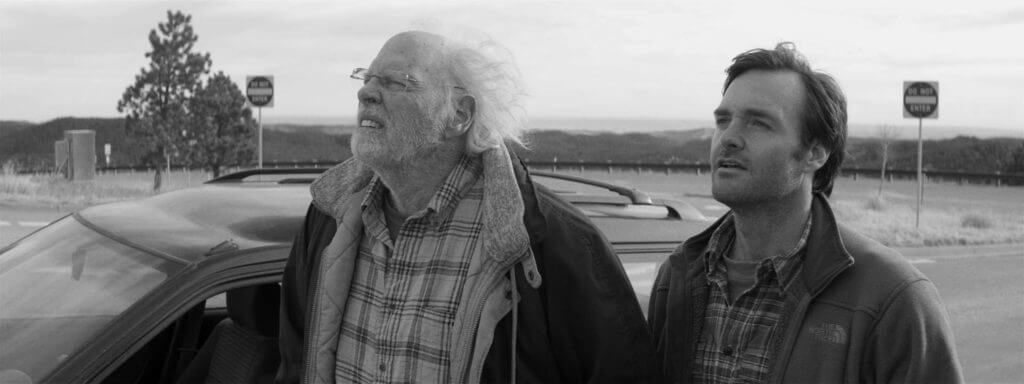Nebraska, the Taiga, and An Escape from Modernity

(Left to right) Bruce Dern is Woody Grant and Will Forte is David Grant in NEBRASKA, from Paramount Vantage in association with FilmNation Entertainment, Blue Lake Media Fund and Echo Lake Entertainment. NEB-FF-008
